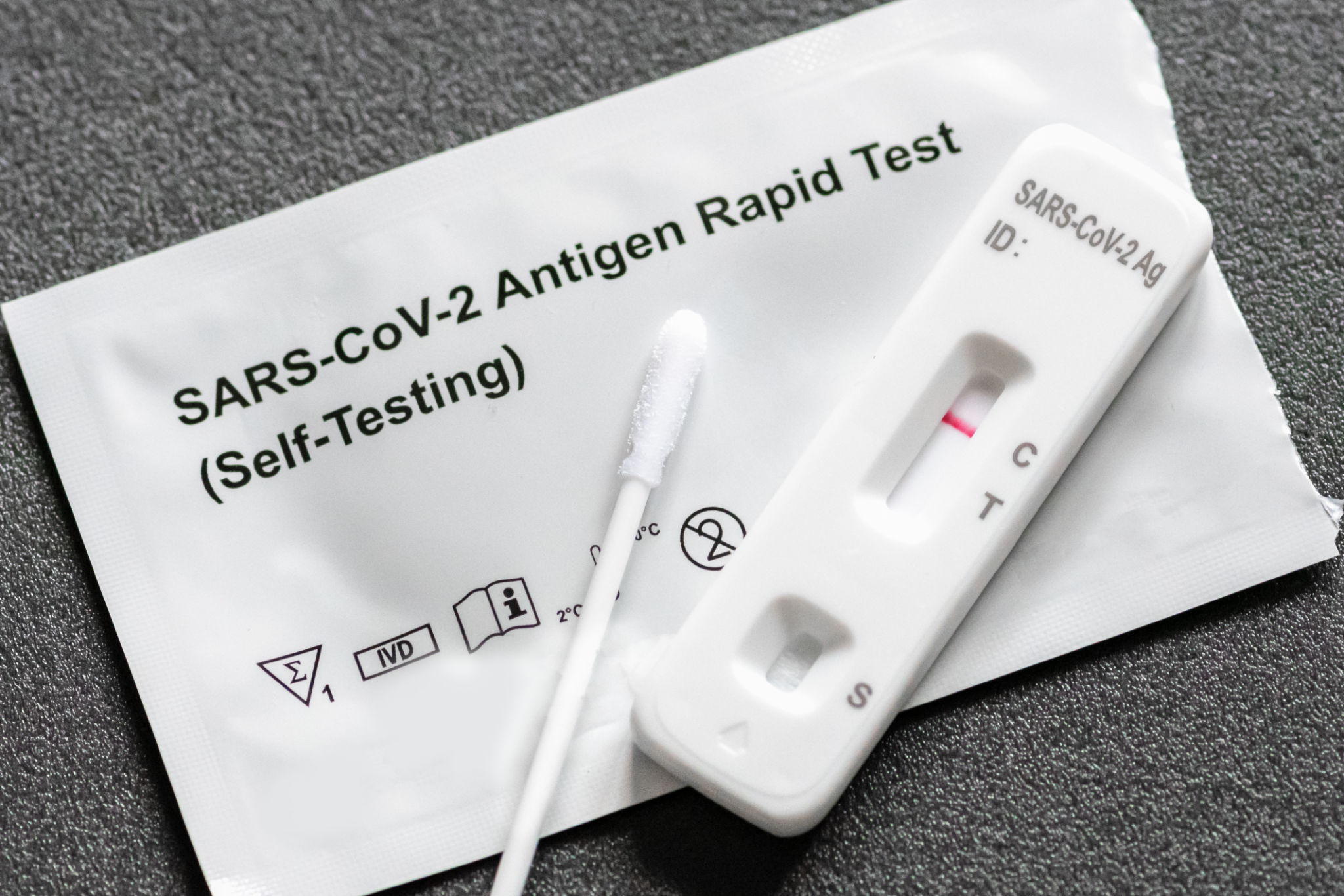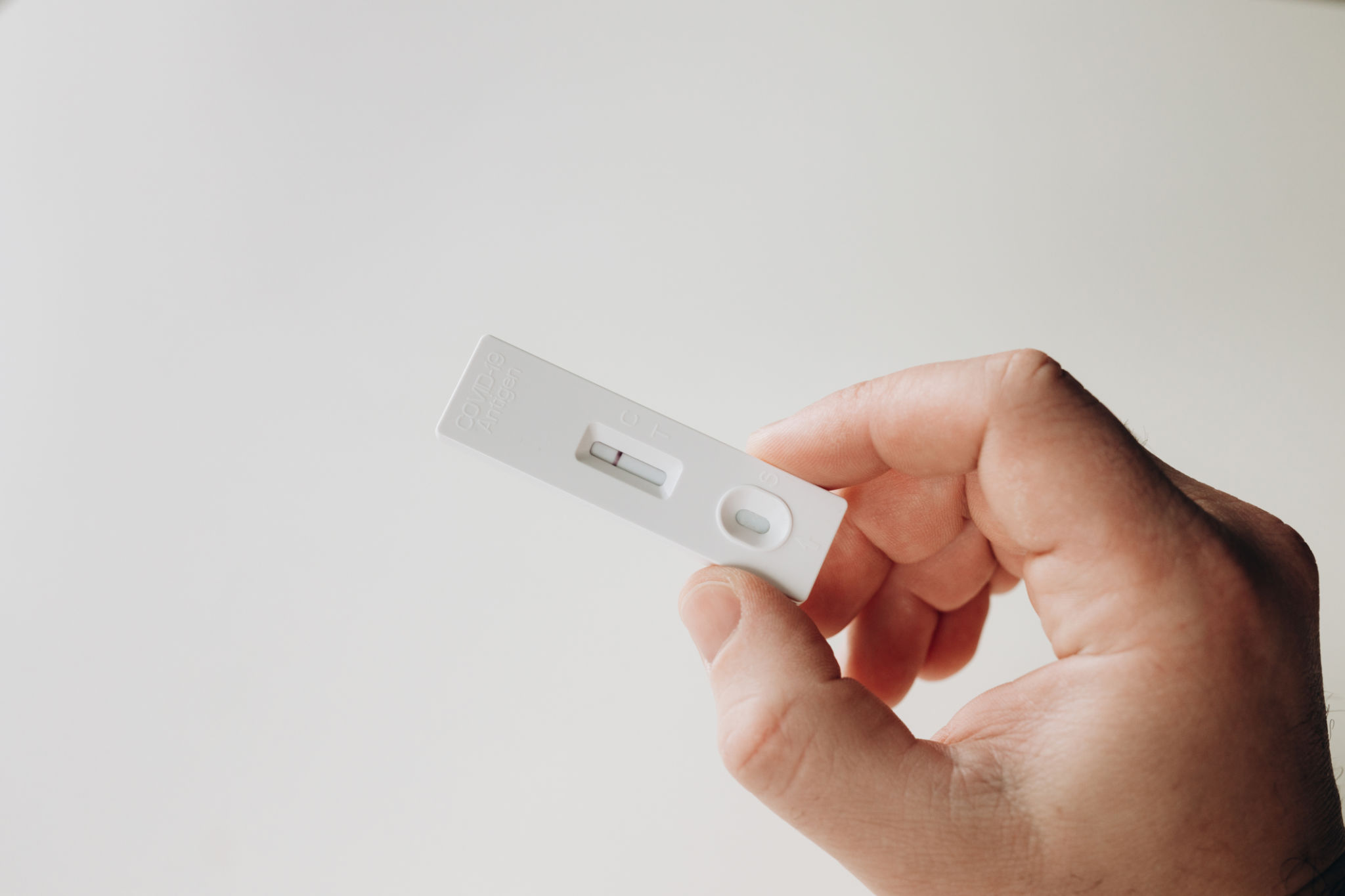How COVID Testing Has Evolved: Latest Trends and Innovations
Introduction to COVID Testing Evolution
Since the onset of the COVID-19 pandemic, testing has been a critical tool in managing and understanding the spread of the virus. Over time, the methods and technologies used for testing have evolved significantly. This evolution has been driven by the need for accuracy, speed, and accessibility. In this blog post, we explore the latest trends and innovations that have transformed COVID testing.

The Shift from Laboratory to Point-of-Care Testing
Initially, COVID testing relied heavily on laboratory-based PCR tests, known for their high accuracy. However, the requirement for specialized equipment and personnel led to delays in obtaining results. This limitation has sparked a shift towards point-of-care (POC) testing, which can be conducted on-site with quicker results. Rapid antigen tests, for example, have become widely available and are often used for screening purposes due to their ability to deliver results in under an hour.
Benefits of Point-of-Care Testing
POC testing offers several benefits, including:
- Speed: Results are typically available within minutes to an hour.
- Accessibility: Testing can be conducted in various settings such as clinics, pharmacies, and at home.
- Cost-effectiveness: Reduced reliance on laboratory infrastructure lowers overall costs.

Advancements in At-Home Testing Kits
At-home testing kits have also gained popularity as they offer convenience and privacy. These kits generally involve self-collection of samples and can be used for both PCR and antigen tests. Innovations in this area focus on enhancing accuracy while maintaining simplicity in the user experience. Some kits now feature smartphone apps that guide users through the process, ensuring proper sample collection and result interpretation.
Challenges of At-Home Testing
Despite their benefits, at-home tests face challenges such as:
- User Error: Incorrect sample collection can lead to inaccurate results.
- Result Interpretation: Users may misinterpret results without professional guidance.

The Role of Technology in Testing Innovations
Technology has played a vital role in advancing COVID testing. AI and machine learning are increasingly used to enhance test accuracy and efficiency. For instance, AI algorithms can assist in analyzing PCR test results more rapidly than traditional methods. Moreover, blockchain technology is being explored to ensure secure and verifiable sharing of test results, which is crucial for international travel and public health tracking.
Future Prospects
Looking ahead, the integration of wearable technology with COVID testing could provide continuous health monitoring. Imagine smartwatches that can detect early COVID symptoms and prompt users to take a test or seek medical advice. These innovations could revolutionize not only COVID testing but also the broader field of infectious disease management.

Conclusion
The evolution of COVID testing reflects the dynamic nature of pandemic management. As new variants emerge and societal needs change, testing technologies continue to adapt. These innovations are crucial for maintaining public health and safety while enabling a return to normalcy. As we move forward, ongoing research and development will likely yield even more advanced testing solutions that are faster, more accurate, and accessible to all.